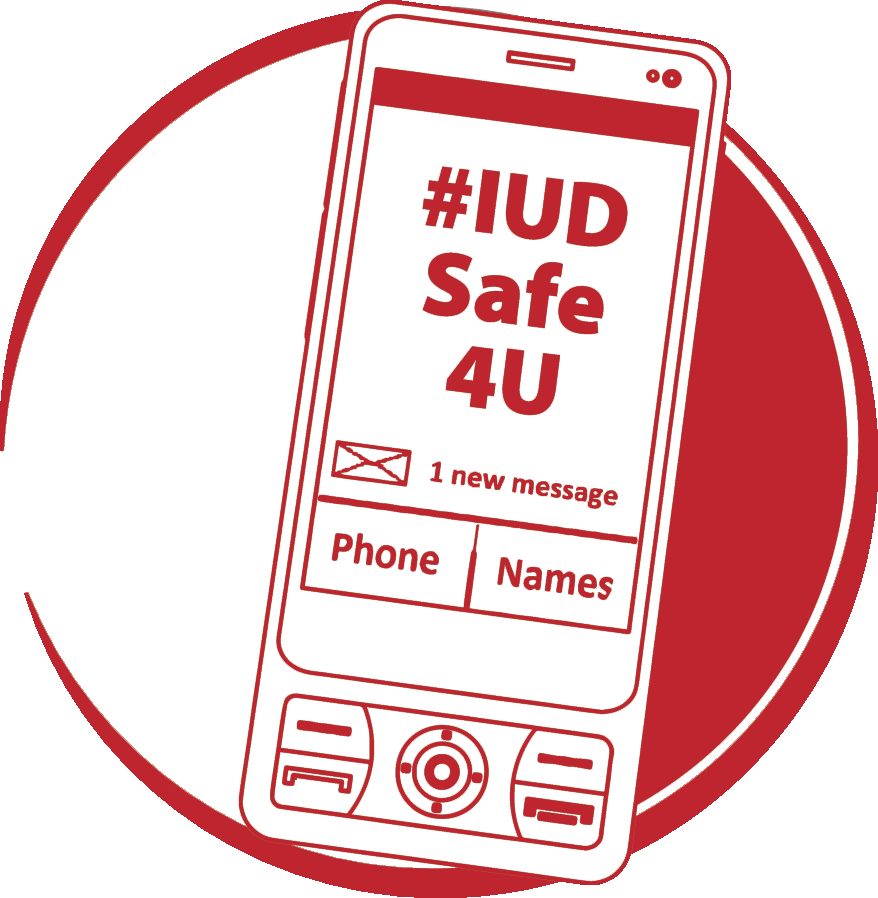Mobile Phones
Part 2 > Essential Element 6 > Consider Communication Channel Pros & Cons for Use with Urban Youth > Mobile Phones
What is it?
The mobile device communication channel involves the use of mobile phones and smart phones for health information and services. Often, this means using SMS technology to push out messages to the intended audience or have two-way conversations via SMS. Mobile phones with Internet access can also be used for social media outreach.
Pros and Cons
- Mobile phones are available in all socio- economic levels, but literacy is required for reading and sending text messages.
- Privacy and confidentiality are common with phones, both of which are important to youth, but sometimes phones are shared by several people and private information should not be sent in this way.
- SMS surveys and quizzes can be used to gather self-reported changes in knowledge and behavior, but 160 characters per SMS message limits complex information.
- SMS messages can be received and sent at any time of day or night, but calling a hotline to talk with someone is limited to hours of operation.
Reminders for using mobile phones
- Understand your audience and how they use mobile phones to determine whether a mobile phone program will be effective and reach them.
- Privacy and confidentiality are extremely important, especially regarding SRH, so programs should be opt-in rather than opt-out.
- Use mobile applications that allow youth to text a sexual health question to a number and receive a texted response quickly at any time.
- Use texting to provide youth with sexual health information and appointment reminders.
- Require those who join to provide their demographic information to provide a picture of who is accessing the services and how.
- SMS programs can use messages and materials that have already been developed, tested and used in other programs to save time and money.
- Invite community partners to promote the SMS platform through their networks.
Example
mCenas! (Mozambique) This SMS platform delivers a story to increase knowledge of contraceptive methods, and dispel myths and misconceptions among youth aged 15 to 24. The story uses messages that youth can relate to, informational messages about contraceptive methods and an interactive “Frequently Asked Questions” function where youth can ask questions and receive SMS messages on a range of SRH topics. The story also encourages further dialogue and reflection with peers.
Considerations for using mobile phones in an urban environment
- Urban youth have better access to mobile phones, quality services and connection.
- Urban youth are more likely to access social media on their mobile phones and more likely to have access to smart phones now or soon.
- There is more competition between providers, so prices are competitive and lower.
- Consider partnering with a network provider and mobile application developers to create or adapt a program to meet your needs, and promote your messages and service at their retail outlets and outreach events.



